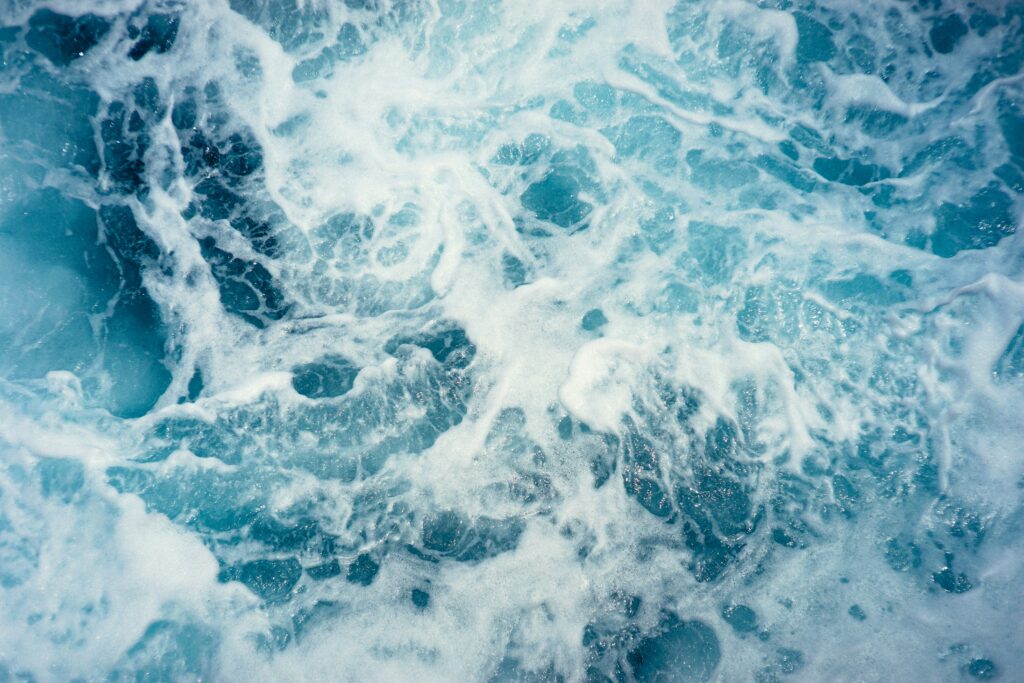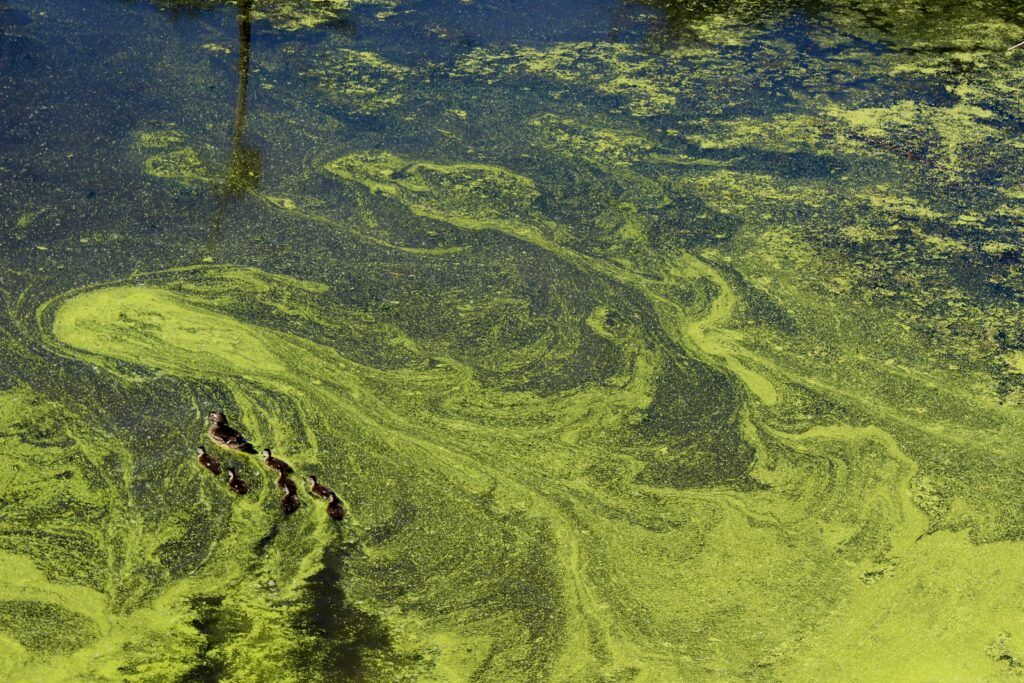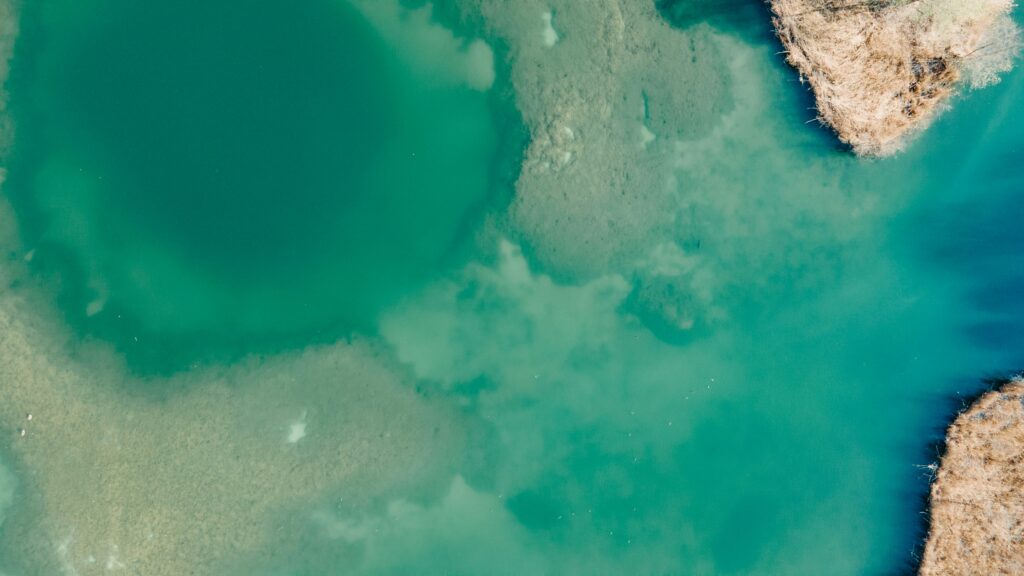The ocean is one of the most picturesque sights that one can see. Every day, millions worldwide flock to beaches to get their fill of the bright sun and the gorgeous blue water. Even though we all of an image of seawater being a deep blue (or even a crystal light blue), many people would be confused if you asked them why it is blue. Thinking about the fact that the water you drink in a glass is clear can make the situation even more mind-boggling.
Ocean water isn’t colored blue. Instead, it acts like a light filter, absorbing all other colors except blue. It is for this reason that the ocean can appear to be different colors during different seasons of the year or times of the day.
What Makes Ocean Water Blue?

To answer the question “Why is the ocean blue”, we must first take a little dive into the physics of light. As you may know, light travels in waves, each with its own unique wavelength and speed. Visible light is a specific range of wavelengths that the sun produces. This light accounts for all of the colors that we see as humans.
Blue light has the shortest wavelength in the visible spectrum, while red light has the longest. Ocean water is great at absorbing the longer wavelengths of light. It essentially takes in all of the red, orange, yellow, and green light coming from the sun.
With this, blue light is more often reflected, which explains the blue color of the ocean. Additionally, particles in the ocean can work to scatter this light to intensify the blue coloration. It functions very similarly to how blue light is scattered to color the sky.
As light travels further down into the ocean, more and more light is absorbed. Starting from the red end of visible light, each color begins to fade until you reach incredibly deep depths in which barely any light is present.
Is the Ocean Always Blue?

If you have had the pleasure of seeing the ocean on a stormy day or seeing the ocean near a reef bed, you likely know that the ocean isn’t always blue. But what causes these changes?
Green and Red Water: Phytoplankton and Microalgae
One of the main reasons why the ocean won’t appear to be blue is if there is an abundance of phytoplankton and microalgae. These organisms are microscopic and use photosynthesis to create their energy. To do this, they absorb visible light, but many of them reflect green light. This is the main reason why we see land plants as green!
If there are a lot of phytoplankton and microalgae in the water, they will likely be reflecting some green while absorbing blue light. This can in turn make the water look more green.
These organisms can also be involved in processes called “blooms”. During blooms, they rapidly increase their populations and choke out an area of the ocean. During blooms, they become so large in number that you can see the pigments within their cells, which can further make the water appear red or green.
Turquoise Water: Shallow Depths

When light hits water that is more shallow in depth, such as that found in coves, coasts, and reefs, less of the visible spectrum is absorbed, and more is reflected. Thus, hues that have longer wavelengths such as green can shine through, which produces a turquoise color.
Murky Brown: Ocean Debris
During unique occasions, the ocean may also appear to be a murky brown. This usually occurs due to an accumulation of small marine debris, such as dirt, silt, and sand. When the light hits these particles, they shine their dark color back, meaning the ocean appears murky and sometimes even opaque.
Grey: Stormy Skies
One last appearance the ocean can take on is grey. Generally, this occurs when there is storm weather with lots of natural cloud cover. This cloud cover usually causes light to be filtered and scattered before it reaches the ocean. Thus the luster and shine that the visible spectrum normally provides is dulled to produce a grayish color.
